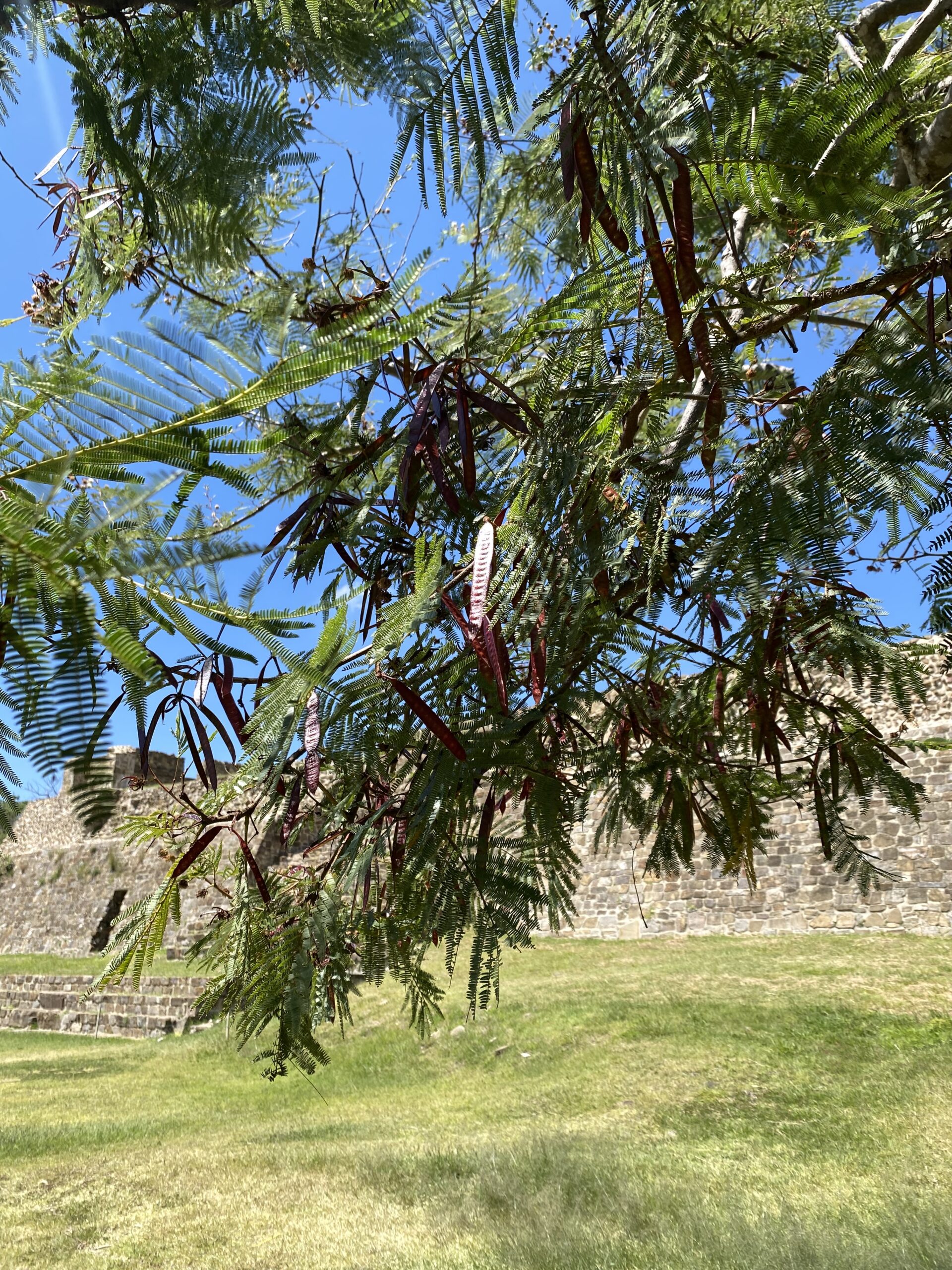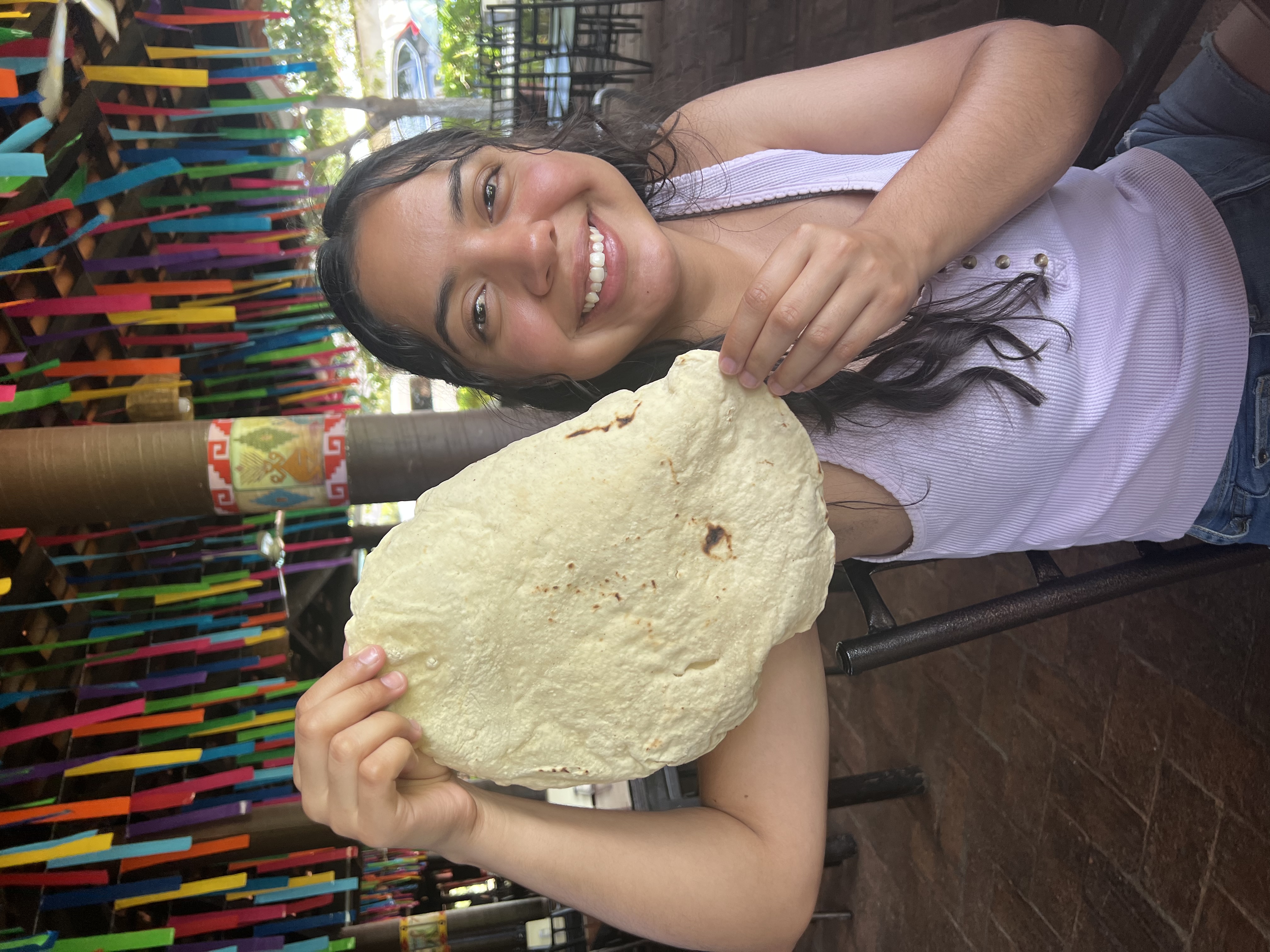
Saludos Desde La Cima De Los Guajes
Sept. 20, 2023
Greetings from Oaxaca, Mexico!
I have spent my first week in Oaxaca settling into my homestay, getting to know the students on my program, and learning about the history and culture of the region. Oaxaca comes from the Nahautl word “Huaxyacax” which translates to the mountaintop of guajes, the flat, green pods from acacia trees. I learned this on a visit to Monte Alban, an archaeological site that was once inhabited by different Mesoamerican groups like the Olmecs, Zapotecs, and Mixtecs. Today, Oaxaca is home to 16 indigenous languages and around 19 ethnic groups. Although the primary focus of my program is learning about the health system in Oaxaca, traditional healing practices, and public health efforts to control neglected tropical diseases in the region, I am also excited to learn about the languages, customs, and traditions of the various ethnic groups here.
For the next 8 weeks I will be living with a family in the Centro Historico of Oaxaca City. So far I have noticed that locals are friendly and helpful, sharing recommendations for their favorite restaurants and sites to see. I’ve enjoyed going out to dinner with my program cohort, indulging in tlayudas, aguas frescas, and memelas. Many of the foods here are filled with veggies and fresh ingredients and often include black beans and quesillo. This is a welcome change from the fast food I often ate as a student at UC Davis, where I rewarded myself with In N Out or Jack ‘n the Box after a long day of studying. Some of the cooking reminds me of the traditional Salvadoran foods my mom makes, which I wasn’t expecting. I thought the gastronomy in Oaxaca would most closely resemble that of the state of Jalisco in northern Mexico, where my dad is from. Because of the differences in climate, culture, and demographics between northern and southern Mexico, I’ve noticed that Oaxacan food and culture more closely resembles that of Central America (like my mom’s native El Salvador) than of the northern states in Mexico.
During my first week here I have also felt very grateful that my parents taught me to speak Spanish because it has made it easier to navigate the city and communicate with my host family, program coordinators, and new people that I meet. One thing that I was not expecting, though, was that my Spanish seems to be antiquated. Since I learned Spanish from my parents and older adults, I speak Spanish the way they do, using the metaphors, phrases, and words from their generation. I quickly learned that I am not up to date on the slang and phrases used by people my age so it’s been funny to be told, “That word is from older generations, we don’t really say that anymore,” or “I feel like I’m talking to my grandma”.
Aside from improving and updating my Spanish vocabulary, I am looking forward to visiting the natural preserve, Hierve el Agua, and beginning my clinical rotations at the Hospital General Dr. Aurelio Valdivieso in the coming weeks. My hope is that I can make the most of this experience and return home with a greater understanding of the health systems here and the reassurance that a career in medicine is right for me.

